Looking for a Christmas gift for the gardener in your life that will inspire, entertain and inform them in equal measure? Covering topics as diverse as the world’s war gardens, its most poisonous plants, most exquisite glasshouses and most remarkable trees as well as the rise of the modern dahlia, the history of the Anglo-American horticultural relationship and the solace to be found in tending to a patch of earth, there’s something in this year’s excellent crop of gardening books for everyone.
As a freelance war photographer and correspondent, Lalage Snow's powerful and beautifully observed account of the pockets of paradise she discovers amid the blood, misery and rubble of some of the world's most dangerous war zones – Kabul, the West Bank, Helmand, Ukraine and Gaza– is a remarkable tribute to how gardens and gardening can help to salve the anguish and awfulness of war (War Gardens: A Journey Through Conflict in Search of Calm, Quercus, £20).
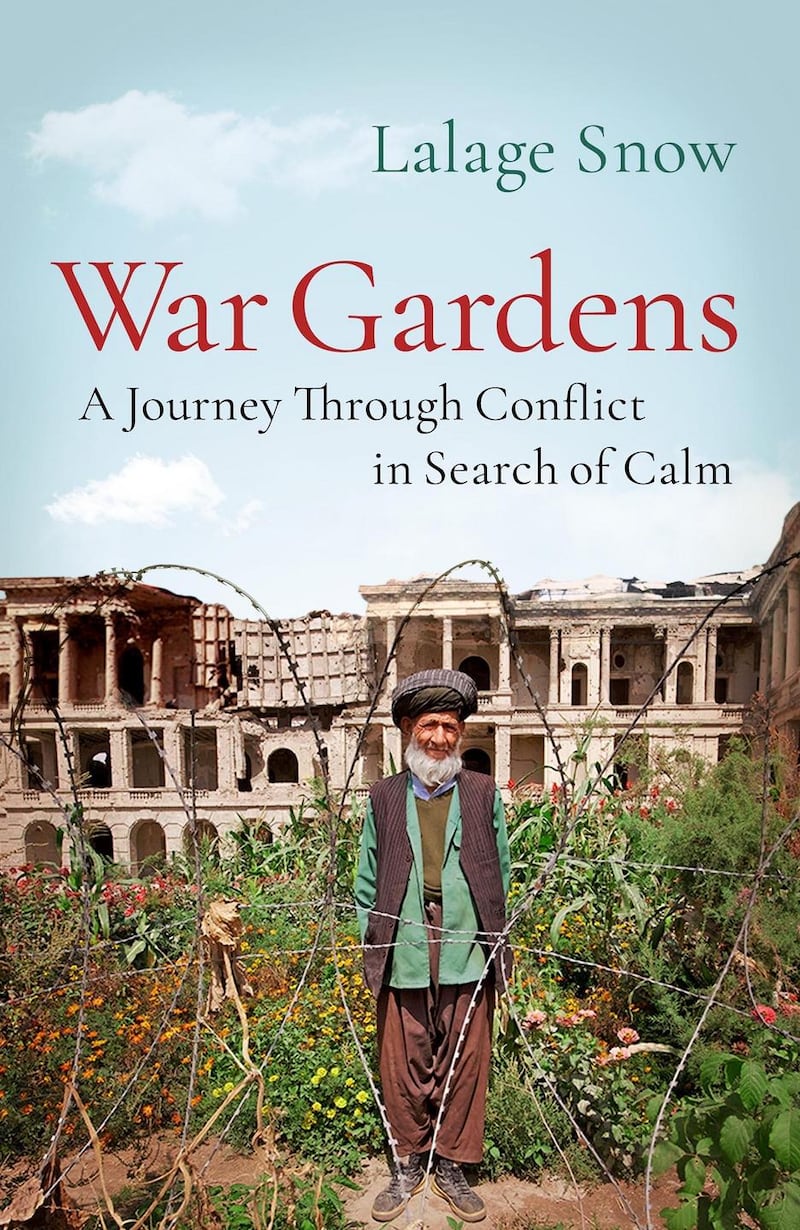
The life-affirming qualities of gardening are also central to wildlife gardening expert Kate Bradbury's new book (The Bumblebee Flies Anyway: A Year of Gardening and (Wild)life, Bloomsbury, £16.99). A very personal story of love, loss and rebirth, it documents Bradbury's relocation to Brighton following a relationship break-up as she slowly creates her own tiny urban wildlife garden "from cuttings and stolen seed, dead turf and bits of root. Broken rules and a broken heart."
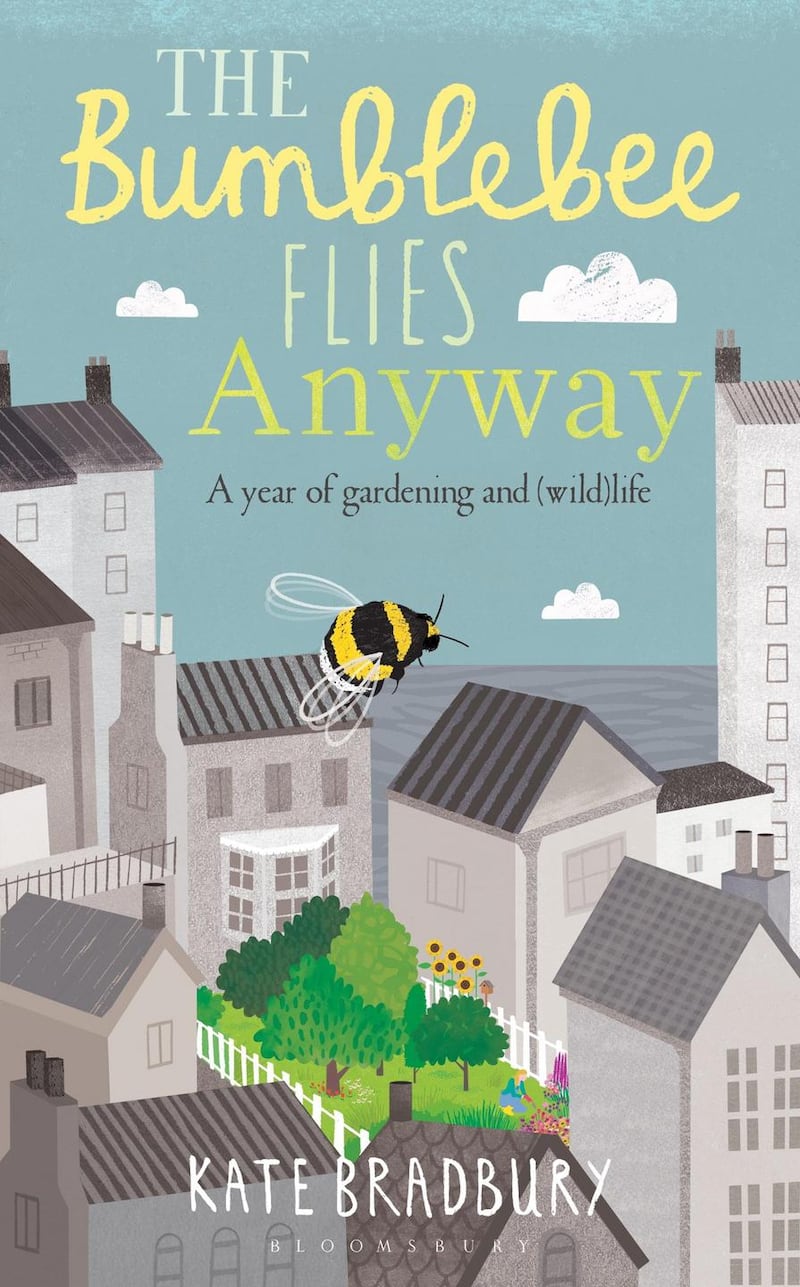
Truly tiny gardens are also the theme of the new RHS publication, The Little Book of Small-Space Gardening by Kay Maguire (Mitchell Beazley, hardback, £12.99). It's a cheery, charmingly illustrated beginner's guide to transforming the most diminutive of outdoor spaces into wildlife-friendly, miniature gardens with the emphasis firmly on container-growing.
Why is the London plane tree so well suited to tolerating the city's polluted air? How do the baobabs of southern Africa survive its fiercely hot and arid climate? Beautifully illustrated and produced, Jonathan Drori's Around the World in 80 Trees (Laurence King Publishing, £17.99) takes a fond and fascinating look at the remarkable qualities of 80 different species of trees and how they've helped to shape civilisation.
Gardening Across the Pond by Richard Bisgrove (Pimpernel Press, £40), is a scholarly examination of the closely intertwined gardening traditions of Great Britain and the US and the many great plantspeople and designers who have played a role in their shared horticultural history. This book moves from early 17th-century British planthunters such as the Tradescants to more modern-day gardeners and designers including Lawrence Johnston, Beatrix Farrand, Russell Page and Rosemary Verey.
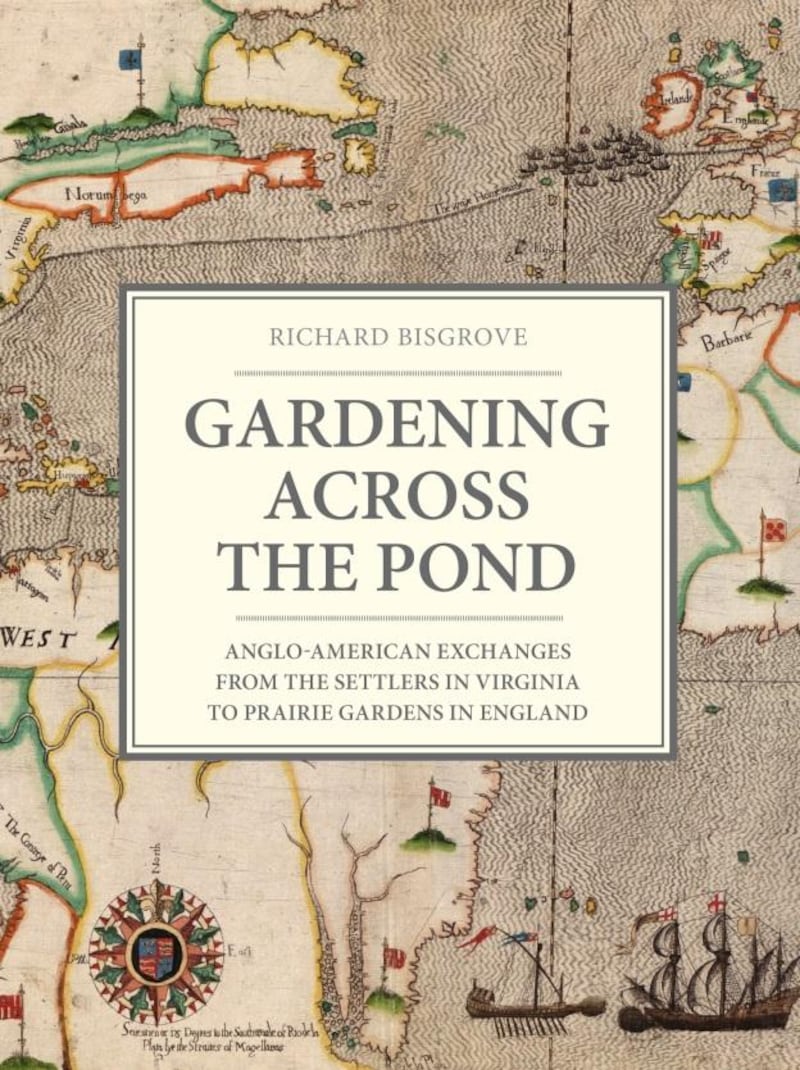
Some of the great British and American gardens that feature in the lushly produced Dreamscapes by Claire Takacs (Hardie Grant, £35), including Great Dixter, Gravetye Manor, Heronswood and Windcliff, will already be well-known to Irish gardeners but there are many others less familiar. The chapters featuring gardens of Australia, New Zealand, Tasmania, Asia and Europe are a revelation. Author and photographer Clare Takacs's atmospheric images feature abundantly throughout this handsome publication.

Also handsomely produced and lushly illustrated, Naomi Slade's Dahlias (Pavilion, £25) takes a contemporary look at this remarkable genus and the newest and most fashionable varieties/introductions making waves throughout the gardening world.
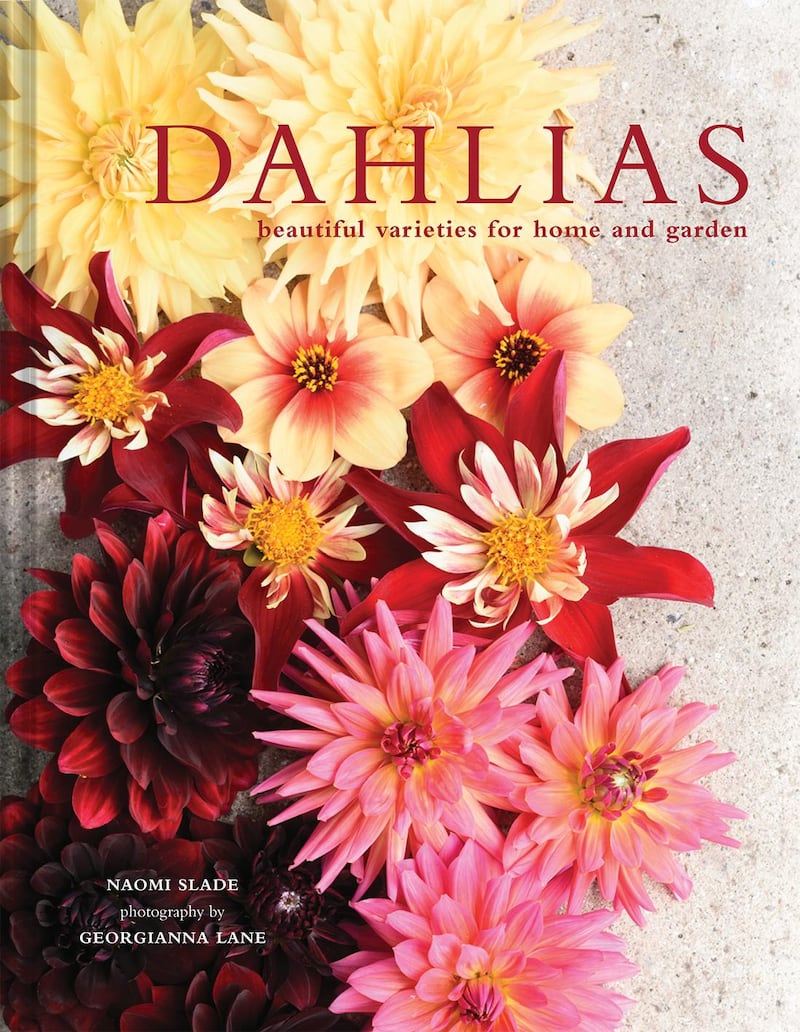
Pavilion is also the publisher of Glasshouse Greenhouse (£22), by India Hobson and Magnus Edmondson, which takes readers on a sumptuously illustrated tour of some of the world's greatest glasshouses and greenhouses, from the Eden Project's rainforest biome in southern England and the Royal Botanic Gardens Kew to the Cloud Forest of Gardens by the bay in Singapore and the Bicentennial Conservatory in Adelaide. If I have one crib, it's that the houses of the National Botanic Gardens in Dublin's Glasnevin were surely deserving of inclusion.
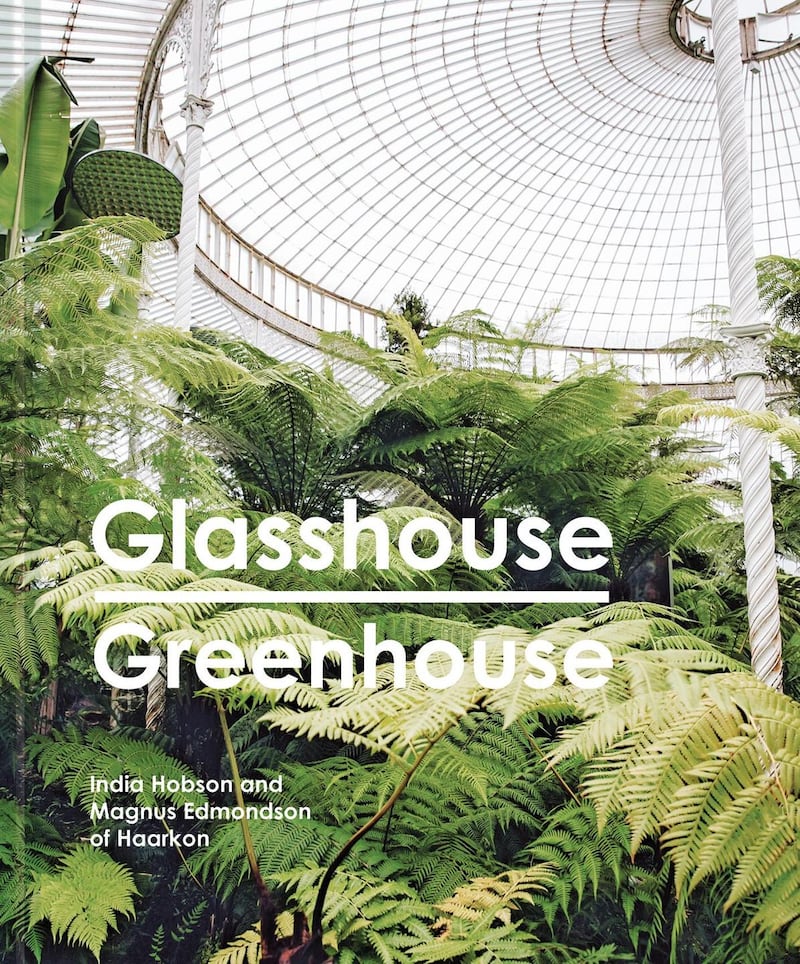
As one of the giants of the modern organic movement, the teachings of American author and organic farmer Eliot Coleman have had a huge influence on a generation of growers and gardeners. Marking the 30th anniversary of its original publication, an updated and generously illustrated edition of Coleman's seminal book The New Organic Grower: A Master's Manual of Tools and Techniques for the Home and Market Gardener, has been issued by Chelsea Green Publishing (£22.50). For anyone with an interest in sustainable growing, this is a must-read.
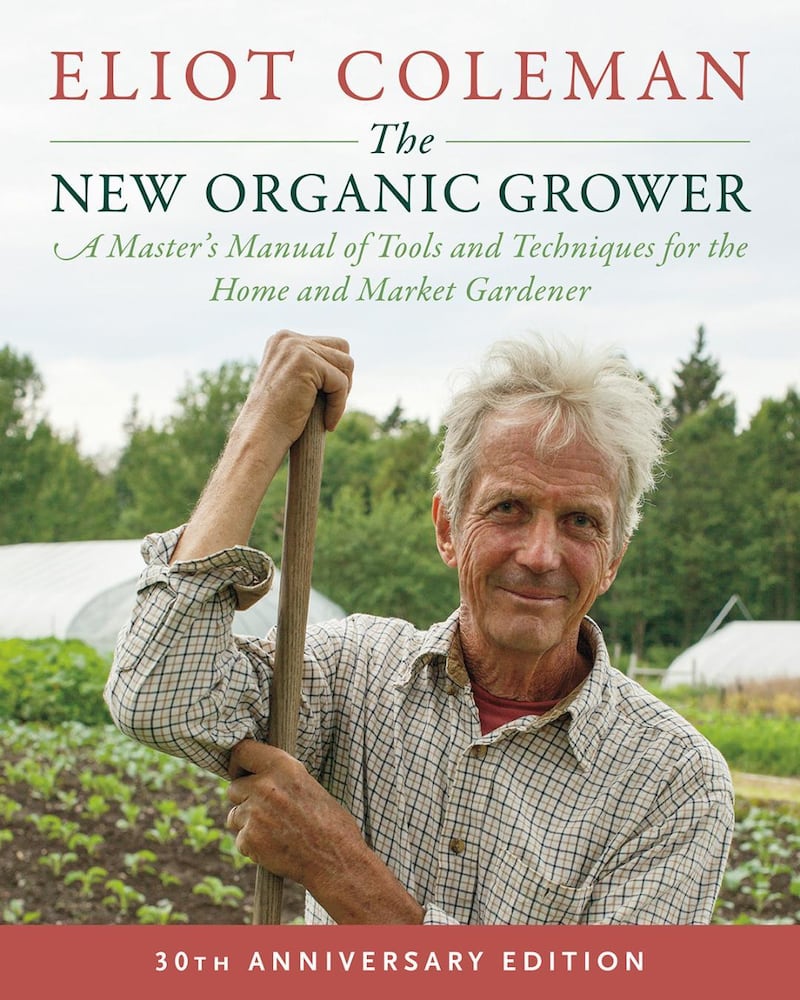
The teachings of the late British garden designer John Brookes, who died earlier this year at the age of 84, also had a profound effect on a generation of gardeners, both through his books and the school of garden design that he established at Denmans Garden in West Sussex. His excellent autobiography, A Landscape Legacy (Pimpernel Press, £40), published shortly after his death, charts the evolution of his design philosophy.

Meanwhile a new generation of gardeners-in-the-making will enjoy Brilliant & Wild: A Garden from Scratch in a Year (Pimpernel Press, £20) by Lucy Bellamy, an accessible, informative and handsomely illustrated beginner's guide to creating a contemporary, pollinator-friendly garden. It won the Peter Seabrook Practical Book of the Year at this year's Garden and Design Media Guild Awards.

Similarly appealing is The Pottery Gardener by Arthur Parkinson (The History Press, £25), the dynamic young head gardener at the Emma Bridgewater Factory, whose twin passions for "beautiful flowers and cheerful chickens' is the subject of this endearing and instructive book.
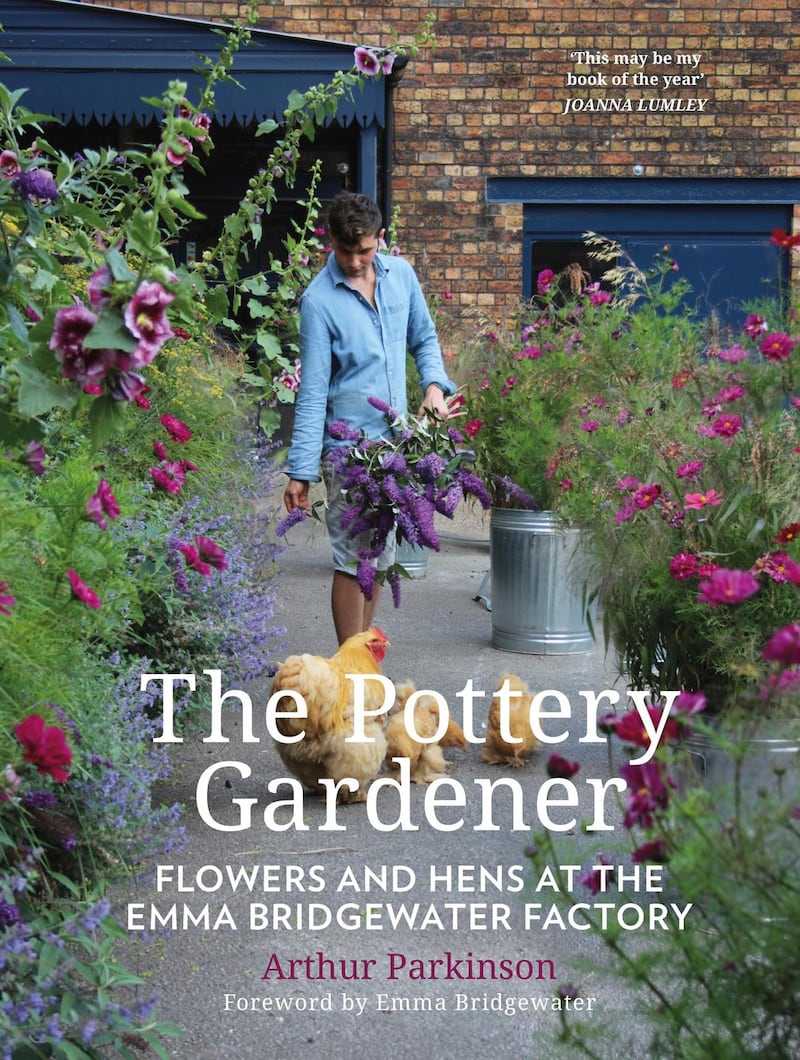
The subject of island gardens (one close to the hearts of many Irish gardeners) is explored by Jackie Bennett in sumptuous detail in Island Gardens: Havens of Beauty around the British Isles (White Lion Publishing, £25), in which she takes readers on a tour of "beauty in the most unlikely of places", from the subtropical paradise of Tresco Abbey on the Isles of Scilly to the cottage garden of Lip na Cloiche on the Isle of Mull. Beautifully illustrated with photography by Richard Hanson that captures the magic of these edge-of-the-world gardens, this is a book to pore over.
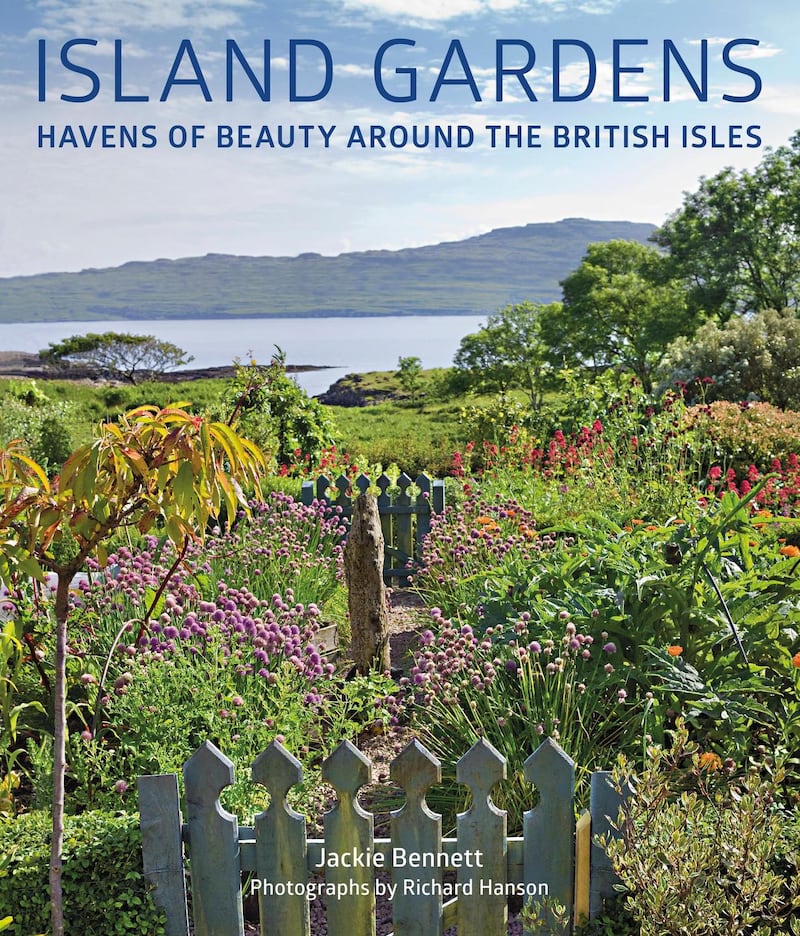
Deadly nightshade, hemlock, wolfsbane, henbane, ricin and foxgloves are just some of the plants that feature in Plants That Kill: A Natural History of the World's Most Poisonous Plants by Elizabeth Dauncey & Sonny Larsson (Kew Publishing, £25), a fascinating, handsomely illustrated, science-based guide to the many diverse ways – both bad and good – in which the complex chemical compounds contained within different plants can affect humans and animals. Did you know, for example, that snowdrops contain a chemical known as galantamine used to treat dementia and Parkinson's disease, or that the humble crocus contains an anti-inflammatory known as colchicine, used to treat cancer and heart disease?
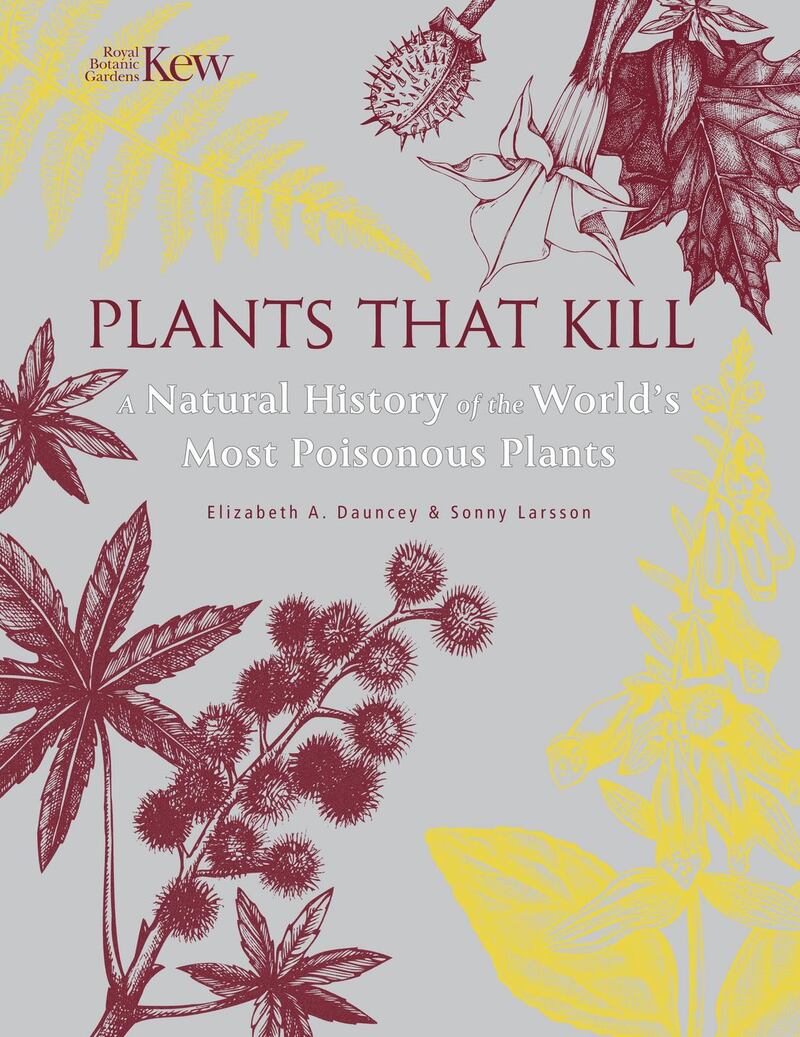
Also firmly rooted in the science of horticulture, the generously illustrated new edition of How to Propagate 375 Plants by Richard Rosenfeld (Lorenz Books, £15) is an excellent, hands-on guide to the craft of propagation, a skill that no gardener should be without.

Last but definitely not least, In the Footsteps of Joseph Dalton Hooker: A Sikkim Adventure (Kew Publishing, £40) tells the fascinating story of Irish horticulturist and author Seamus O'Brien's modern-day plant-hunting expeditions to the Himalayas as he retraces the footsteps of one of the Victorian era's greatest planthunters, adventurers and explorers.

THIS WEEK IN THE GARDEN…
The relatively mild, damp autumn/early winter has resulted in plenty of fresh weed germination. Tackle this soon while seedlings are still small and can be easily sliced away with a hoe or burned with a weed flamer. My favourite hoe for getting rid of weeds is the oscillating or stirrup hoe, which cuts on the forward and backward strike and is available in different width heads, although I find the smaller heads more effective and easier to use when it comes to getting into tight corners. Oscillating hoes are available to buy from good garden centres as well as online Irish suppliers such as quickcrop.ieand fruithillfarm.com. Both Quick Crop and Fruithill Farm also stock various types of flame-weeding tools fuelled by paraffin or propane gas, which work by burning away young weed seedlings, although they do need to be used on a regular basis to be properly effective. (Sheen X300 Garden Flame Gun, €195, from quickcrop.ie and Flame Weeder €129 from fruithillfarm.com).
December is a great time to sort through leftover seed packets as well as to start browsing the websites of online seed suppliers in search of the most garden-worthy/interesting varieties as well as the best value. As many of the smaller specialist suppliers carry only limited stock of rarer or harder-to-get varieties, it's well worth placing your orders as early as possible. Some of my favourite online seed suppliers include brownenvelopeseeds.com, seedaholic.com, greenvegetableseeds.com, chilternseeds.co.uk, plantsofdistinction.co.uk and realseeds.co.uk.
It's still well worth planting bulbs of amaryllis and paperwhites into pots indoors to provide you with some welcome blooms for the house in the cold, grey days of late winter/early spring. A few Irish garden centres still have small quantities of their fleshy bulbs left in stock, while you'll also find them for sale at this late stage of the year via online specialist suppliers including sarahraven.com and jparkers.co.uk.











